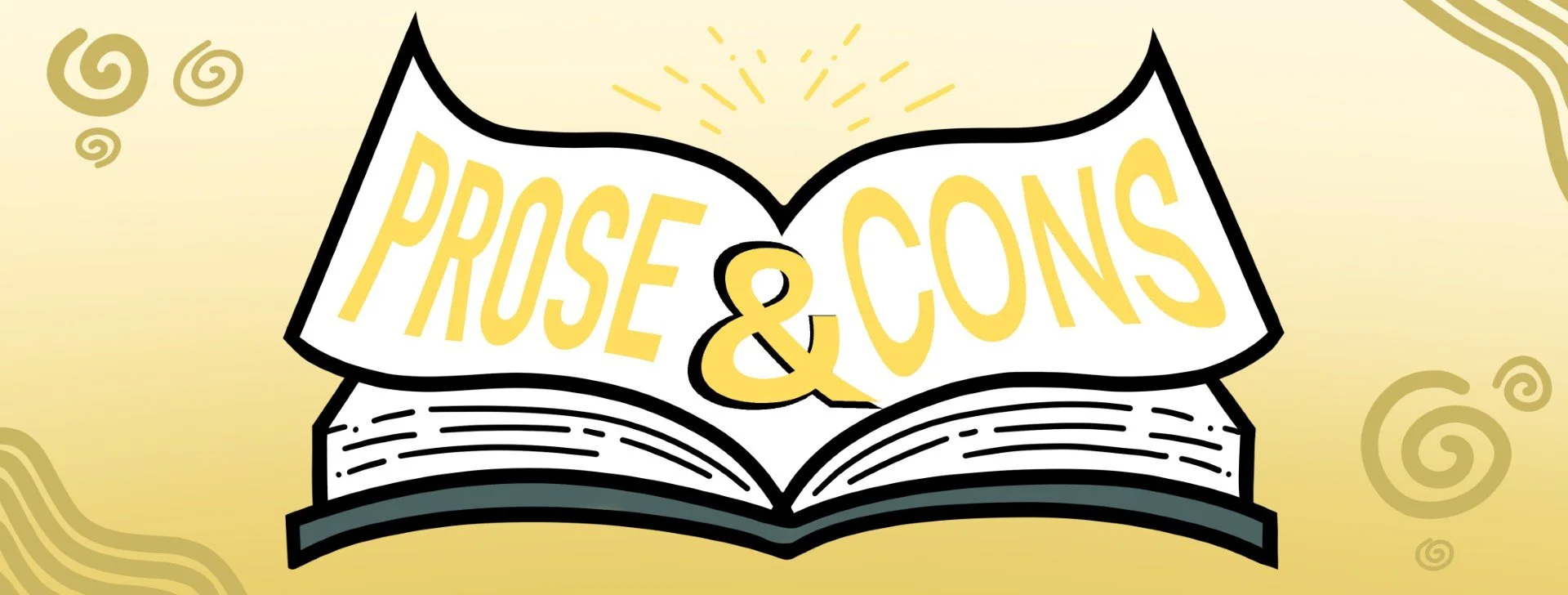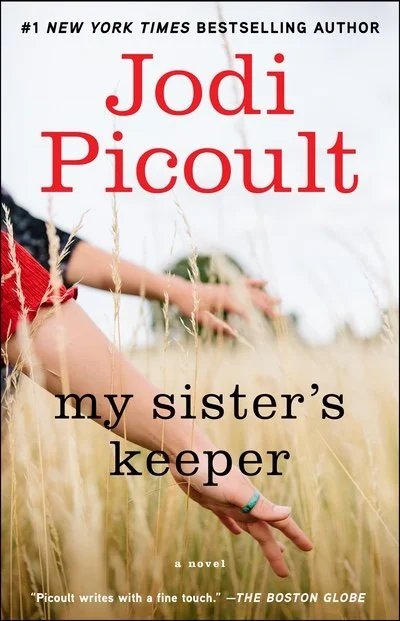Genre-Blending: My Top Four Recommendations
/In my last blog post, we discussed the intersection between literary and commercial fiction. We learned how their collaboration has evolved over time and how that has altered the industry. This time, I come bearing gifts: some of my favourite genre-blending book recommendations. From best-selling YA dystopia to niche philosophic fantasy and more, each book in the list below mixes literary and commercial fiction in its own unique way.
The Hunger Games (Series) by Suzanne Collins | YA Dystopia | Ages 12+
Starting off strong, this Young Adult dystopian series debuted its titular novel for the first time back in 2008. It quickly gained attention across literary spheres for being the first instance of modern dystopian literature written for young adults.
While many people know and love this series for its action-packed narrative, relatable characters and innovative worldbuilding, the thing that makes The Hunger Games such a long lasting success is its brutal reflection of modern society. The themes explored throughout the series are vast and profound, ranging from segregation and oppression to war to grief and self-discovery. The Hunger Games is perfect for readers who are looking for more commercial-leaning intro to the world of genre-blending literary fiction.
The Gospel Truth by Caroline Pignat | Historical Fiction | Ages 12+
Published in 2015, The Gospel Truth is a stylistically unconventional exploration of racism and slavery in 1858 Virginia. It combines the eye-opening facts and true events of historical fiction with a distinct narrative style: free verse poetry. This unique presentation and experimental form provides a memorable and unconventional vehicle through which Pignat explores the timeless themes of power, resistance and freedom. It also puts The Gospel Truth solidly on my list of genre-blender recommendations.
Carrie Soto is Back by Taylor Jenkins Reid | Sports Fiction | Young Adult to Adult Readers
Who knew tennis could be this deep? Taylor Jenkins Reid, apparently. She is one of my favourite authors for her smooth writing style and impactful delivery. Thus, Carrie Soto is Back falls much more heavily toward the literary fiction end of the genre-blending scale than my previous recommendations, but it doesn’t fail to pull in some of the best commercial fiction traits. The novel is simultaneously driven by the characters — as is typical of literary fiction — and a sport-centred narrative whose intensity will make you feel as though you are living the pro-athlete life right alongside the protagonist.
Throughout the novel, Jenkins Reid explores a wide array of themes, including identity, ambition, loss, and the differing expectations set upon men and women, both in general and in professional sport specifically. With profound thematic exploration and characters so real they could walk off the page, this standout contemporary novel is perfect for readers who are looking for a fresh take on sports fiction.
Night Shine by Tessa Gratton | Romantic Fantasy | Young Adult
Who doesn’t love a good queer romance? Night Shine is a brilliantly written dark fantasy published in September of 2020. According to multiple Goodreads reviews, Gratton herself describes it as being similar to the classic novel-turned-film Howl’s Moving Castle, and I can certainly see how its themes and magic, paired with Gratton’s enchanting storytelling, paint a heavy resemblance between the two. With a tone that resembles the most classic of fairytales, Gratton’s novel tells about a girl named Nothing and her quest to save the prince. It features spirits, demons and sorceresses in the midst of a vividly complex world that draws its inspiration from Eastern mythology. Night Shine’s strengths come in the form of its beautiful, haunting prose, rich worldbuilding, and queer representation. Its themes lean heavily into the philosophic, encouraging readers to examine things like gaining, claiming, and losing power; loyalty and sacrifice; what is in an identity; and the importance of self-discovery — but, in the words of Goodreads user Acqua, “Night Shine is, more than anything, a story about the importance of having a choice.”
photo by benjamin cheer (capital concept media)
Braelyn Cheer has always had a passion for words and the ways they fit together. From the moment she learned how to read, Cheer’s love for the English language and its intricacies drove her to seek growth opportunities in the realm of writing. At the age of 13, Cheer applied for and was accepted to Canterbury High School’s Literary Arts program. There, she was exposed to many different forms of literature, including various genres of fiction, non-fiction, poetry and even songwriting. She graduated with honours in 2021 and is now in her last year of Professional Writing at Algonquin College. Upon graduation, she plans to pursue further education with the goal of becoming an editor.






